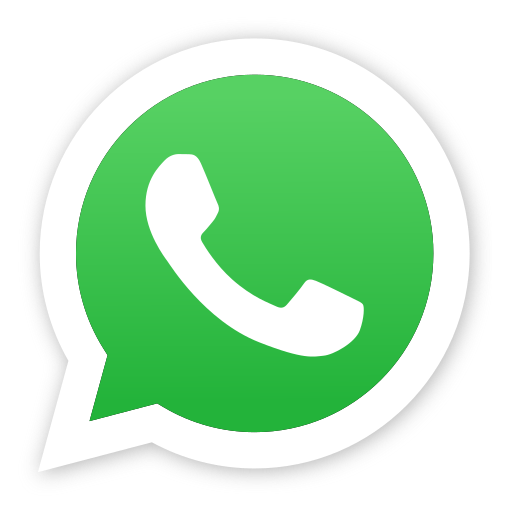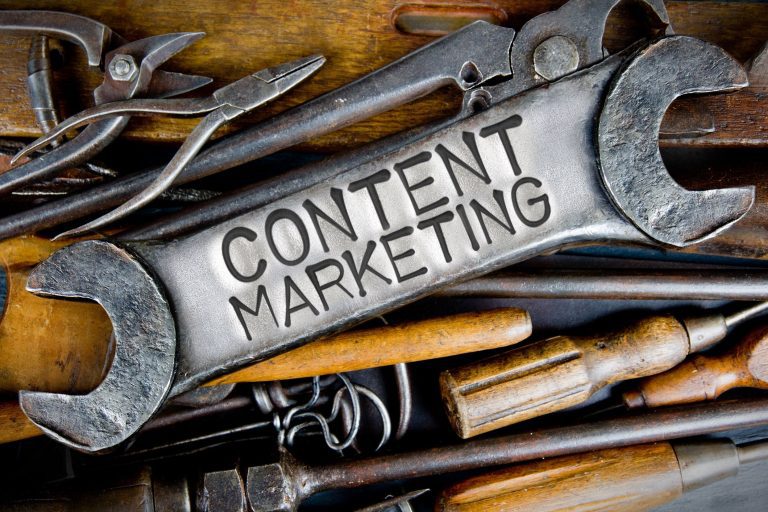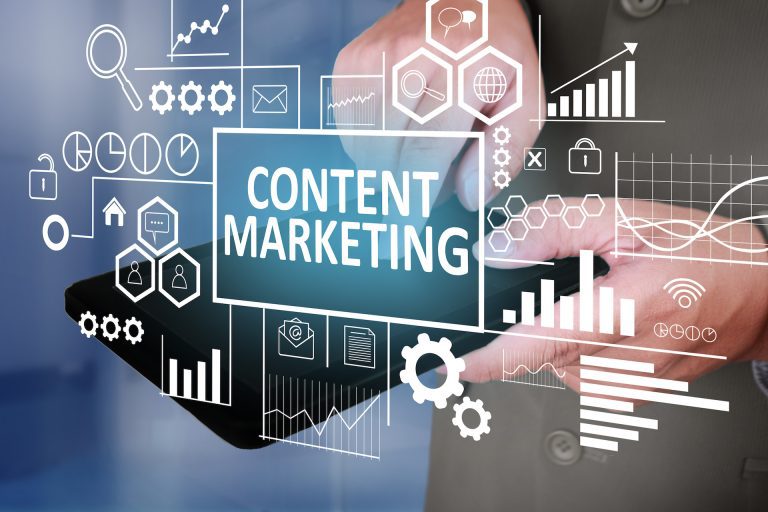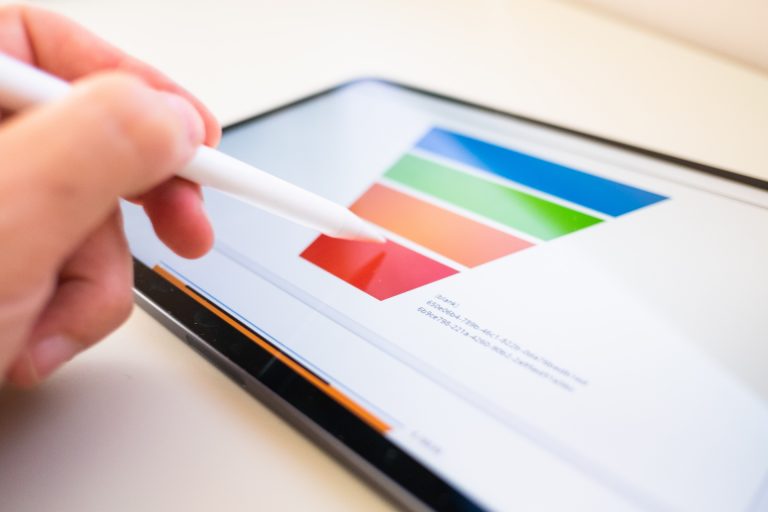The Complete Guide to Writing Content for Every Stage of a B2B Buyer’s Journey
Content creation is a vital aspect of any B2B buyer’s journey. After all, solid content creation is needed at virtually every level of a business’s marketing operations. You need blogs to increase your online presence, social media posts to increase engagement, reports, eBooks to remain a competitive industry leader in your field, and much, much more. So much more, that the whole content creation process can become overwhelming.
Fortunately, we’ve created a quick guide to the three stages of a B2B content journey and a few of the many different kinds of content writing you’ll need to be successful, so let’s dive into the top writing forms that B2B buyers like you should know best.

Stage One: Awareness
The first stage of any B2B buyer’s journey is the awareness stage. During this period of the B2B buyer’s journey, a buyer is aware of some problem or pain point in their business dealings and wants to alleviate that stress. Many begin this process by choosing to pursue informational assistance through online blogs, mentors, or other resources.
Typically, the main goal for someone in this stage is not to solve the problem or find the methods by which they can fix it. Instead, they are looking to contextualize their problem. They want to better understand exactly what’s going wrong and how the problem affects both businesses as a whole and their specific platform.
If you want to help B2B buyers on their journey to problem-solving, you must be able to provide them with helpful information during their awareness stage searches. The best way you can do this is by establishing yourself as an authority on their pain point subjects and building trust amongst your audience. Typically, this is accomplished through the sharing of blogs, social media content, reports, eBooks, video content, and infographics.
Blog Posts
Blog posts are the quintessential copy form that most people think of when they think about content creation. Blogs serve as an informational backbone for businesses of all kinds as they are one of the key ways companies can keep their websites fresh and draw in new readers. Writing and publishing blogs gives you the opportunity to attract readers not only with SEO keywords and other search engine-optimized aids but also through creative, educational content.
When you’re writing blog content, make sure that you focus on creating material for your audience rather than just for your business. Remember, in a B2B buyer’s journey, the goal of blog writing isn’t just to promote your interests or advertise your products and services. Rather, its main goal is to attract new readers and engage your audience as a whole.
Social Media Posts
Perhaps the best networking tool businesses use to build both their brand and their following is social media. Whether they’re on Instagram, LinkedIn, FaceBook, Twitter, or any other popular networking service, social media posts allow you to share very short pieces of content with your followers in a matter of minutes. And what’s more, it also gives your audience a place to provide feedback. They can comment on your photos, respond to your captions, or simply like the content you’ve shared.
When you’re drafting social media content, the goal is to connect with your readers and increase your engagement. Don’t bog your pages down with long-form technical content or uninteresting facts and statistics. Instead, focus on sharing success stories, testimonials, and information that is designed to spark conversation.
Reports
Reports are an excellent resource for B2B buyers. They provide readers with in-depth knowledge on a range of important topics that can work to express your company’s authority in your industry, provide insight into key decisions and allocations, and inform them about potential challenges you believe you may face in the upcoming terms.
These reports are typically developed in conjunction with industry experts who can inform audiences about the latest market trends and other factors that may impact their purchase habits.
eBooks and Guides
eBooks and guides are a more long-form style of content that works best when you need to dive deeper into a subject. They don’t focus as heavily on data as reports do, instead remaining concept-centric, and they work best when you want to write extensively about a specific topic of interest that helps you establish your leadership in your industry.
eBooks and guides can be much easier to create than other content forms, and they’re not limited by strict format guidelines as some additional content forms may be. Instead, writers can play with their layout in a number of ways to increase readability and make them more attractive to audiences.
Video Scripts
Video content for businesses has become an essential part of a B2B buyer’s journey. From Instagram Reels to TikToks, YouTube videos, and more, video content–especially short-form video content–has become increasingly popular. They provide your audience with another way to consume your content if they don’t like reading blogs, and they can spark a lot of interest and engagement if they’re done right.
The key with video script writing is that you need to make them both educational and conversational. If your video isn’t interesting enough to viewers, they can–and will–easily pass you over for other content creators’ work. On the other hand, if your video is entertaining but provides no value, you likely won’t have many comments or conversations with your audience members.
Infographics
A lot of content creation is centered around words and drafting thousand-word-plus pieces for readers. But sometimes, a picture can be worth a thousand words–or more! For many people, it’s much easier to process a quick, informative image than it is to read a full-length blog, so knowing how to create engaging infographics can make a difference in your marketing game.
When you’re creating an infographic, make sure to minimize the amount of text you include, and consider featuring interesting statistics or facts that can spark conversation. You can use infographics to further your brand as well by including your brand colors, logo, and even team members if the graphic calls for an image.
These infographics can be much more flexible than other content forms you may choose to work on as infographics can be placed in blogs, on social media pages, in eBooks and webinars, and pretty much anywhere else you share content due to their easily digestible nature for audiences.
Stage Two: Consideration
The second stage of a B2B buyer’s journey is the consideration stage. When a buyer enters the consideration stage, they will likely have completed a lot of research about their pain point and will have clearly identified it. Additionally, they will be committed to further research and understanding of the issue so that they may uncover solutions that will work for them.
In this stage of the B2B buyer’s journey, a buyer is determining the best possible solution to their problem. They aren’t necessarily ready to make a purchase, but they are ready to learn about the pros and cons of several different solutions options. This makes it your job to educate buyers not only on why your solution is superior, but also to provide an objective comparison of various solutions options to establish credibility and help drive your own sales.
The best content you can create for buyers in this stage will consist of that kind of comparison guides or case studies and can be best delivered via blogs, social media content, and email marketing messages.
Comparison Guides
One of the best ways to help buyers through the consideration process is by giving them content that compares potential solutions to their problems. These can include pro/con comparisons of different service companies, products, or features that may best help B2B buyers.
This kind of data drives buyers toward a solution that they will select in the third stage of their journey, so you want to make sure you both promote your own solution and provide an objective overview of your competitor’s solution options.
Case Studies
Case studies are a key tool businesses can use in the consideration stage to drive sales. Case studies allow you to show your readers exactly how your product or service best helped specific individuals and businesses.
This is incredibly valuable because it gives buyers specific examples to refer to rather than just a list of general claims that you and all of your competitors make about your own products. And while solid self-marketing skills are key in driving sales, they can’t compare to a well-written, well-researched case study.
Stage Three: Decision
The final stage of a B2B buyer’s journey is the decision stage. During this period, the buyer has identified their problem and decided on which solution strategy will work best for their company and purposes. So now, these buyers will narrow down their solution or provider options and make their final purchase decision. They’re ready to put money toward a solution, and you need to convince them that you are trustworthy and your solution is the best option for them.
To guide buyers to your solution during this stage, you can offer content in the form of free webinars or free trials that help demonstrate why your solution is superior.
Webinars
While other content types tend to work best when you veer away from blatant product advertising, webinars are the perfect platform for this part of your B2B buyer’s journey. Webinars operate as an arena where marketers and sellers alike can educate their audiences about the ins and outs of their specific products or services–specifically when it comes to using their product or service to solve a problem.
Webinars give sellers a real-time audience to market their products to, and access to all the tools they need to successfully guide their prospects through appropriate sales channels. Just remember to not be too technical with your information here as the goal is to connect and sell. Try using real-life success stories to convey your message and connect with your potential buyers.
Free Trials
One of the most transparent ways you can convince buyers to purchase your solution option is by giving them a free trial or demo of your product or solution. This lets individuals test-drive your solution for themselves and see just how beneficial it will be for them. And if any issues or objections arise during the trial, your sales team can work with them to see the sale through.
Key Takeaways
When you’re working to draft the best content for B2B clients on their purchase journey, you need to make sure that you’re meeting their needs across each of the three stages. Ensure you draft plenty of authoritative informational content that helps them identify their problems for the awareness stage.
Then, help them through the consideration stage by showing them potential solution options in comparison guides or case studies, and finally, offer free trials and demos that can help push buyers through your sales funnel. That way, you can establish your credibility with them and build client trust throughout each stage of the buyer’s journey.








